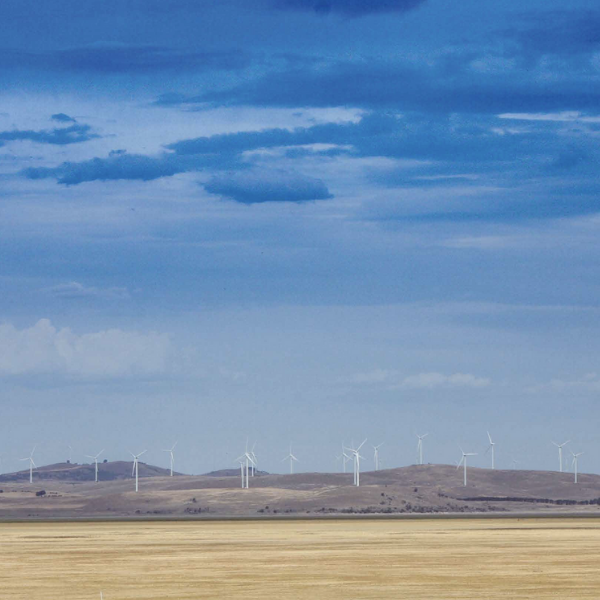Make Sydney net zero and nature positive, and ensure our communities and infrastructure are resilient in the face of climate change.
NSW has a ‘target’ of net zero by 2050, in line with leading countries around the world, but it does not have the laws, policies and institutions that will actually achieve that target. Building on the work in countries like the UK and states like California, the plan should develop strategies for each of the key sectors that generate greenhouse gases in NSW, and be followed up by a regime of careful monitoring and recalibration over time. The actual implementation work will involve trial and error, as we learn what works. NSW should lead on this issue and not wait for federal action.
With its abundant sunshine and natural resources, Australia has everything it needs to generate its energy without carbon emissions. The energy transition plan will be the most straightforward element that flows from the broader plan for net zero emissions, because the technologies and policy instruments are so well understood. (Other sectors will be harder)

Driving carbon out of the transport sector will be difficult – and is largely addressed in our mobility program area. But one essential piece of work is converting the vehicle fleet of passenger cars, buses, taxis, and trucks to electricity powered by renewable energy, supplemented by other technologies for heavier vehicles as needed. The path to adoption starts with fleets; as charging infrastructure is built out it can gradually shift to private vehicles.
At this point, many of the impacts of climate change are now baked in. If humans were to stop emitting carbon tomorrow, the earth will continue to warm for decades and the seas will continue to rise for centuries. Australia’s climate is permanently hotter. We will have to retrofit our cities and our life support systems to adapt to the new climate: elevating parts of our cities above the rising seas, developing new sources of drinking water, managing the landscape to become less burnable, relocating infrastructure out of harm’s way, and many other investments along these lines. The NSW climate adaptation strategy is the way we organise and prioritise this generational undertaking.
The drier climate means that Sydney is running out of its traditional sources of water. We will increasingly need to rely on a combination of desalination, water recycling, rainwater capture, and other techniques — supported by policy changes, pricing reforms, and new technology.
Between pollution from cars and smoke from fires, Sydney is experiencing terrible air quality on some days. This will become a public health crisis if not addressed. We need a combination of land management changes to reduce catastrophic bushfires, changes to vehicle technology to reduce pollution, and changes to building design to filter the air.
The open space that surrounds Sydney is one of the defining features of the place, giving it a sense of unique identity and amenity. But these vital natural habitats are threatened by sprawl and by climate change. They need to be protected, nurtured, and expanded.
Home to millions, with millions more to come, Western Sydney is struggling to deal with urban heat. A hotter climate will only make this challenge greater. Investment in trees, water and public space that cools neighbourhoods is required – the alternative is a city akin to Dubai: life lived in air-conditioned spaces, shut off from the outside world.